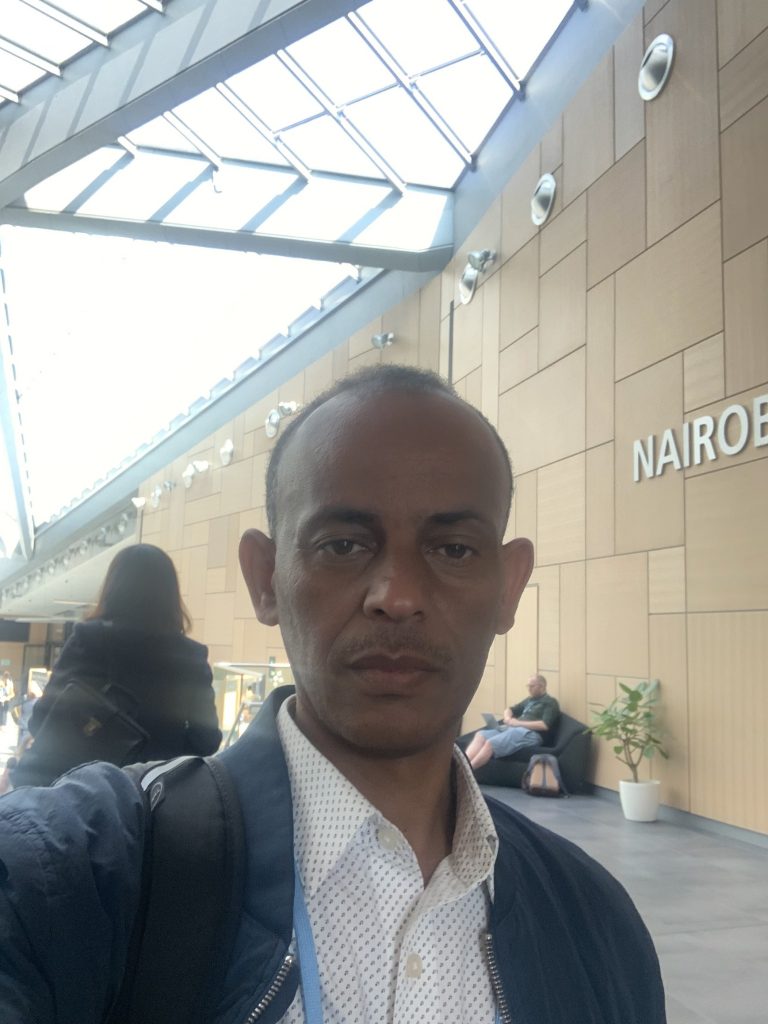
Expectation on COP 28 Negotiation on Carbon Marketing and Loss and Damage
By Mr. Eyob Tenkir, CVF Capacity-Building Fellow from Ethiopia
To stay within the 1.5˚C temperature limit, global emissions must be significantly reduced. Scientific evidence indicates that we need to cut global emissions by 50% by 2030 to achieve the goal of net zero emissions by 2050. Carbon marketing plays a crucial role in enabling investors, governments, non-governmental organizations, and businesses to voluntarily purchase verified emissions reductions in the form of carbon credits. This approach is instrumental for countries like Ethiopia to achieve their NDC targets.
Ethiopia’s updated NDC, which builds on the 10-Year Development Plan, was developed with extensive stakeholder participation, representing a significant increase in ambition. The target of a 68.8% reduction in emissions from the business-as-usual scenario by 2030 is ambitious and seeks to inspire others to increase their contributions to collective climate action. Full implementation of the NDC is conditional on an ambitious multilateral agreement that will provide Ethiopia with access to international support in the form of finance, capacity building, and technology transfer.
One of the mechanism in which Ethiopia seeks to access financial resources is through the Article 6 mechanism. This mechanism can help to fulfill 80% of the conditional target in the country’s NDC (125.8 Mt CO2 eq emission reduction) and become more ambitious. However, the negotiation on Article 6 rulebook, are not finalized.
COP 28, must ensure that the remaining carbon market negotiations issues related to environmental criteria that Article 6.4 carbon credits satisfy, activities that can generate credits, suitable methodologies, decision on eligible activities and safeguards to protect against adverse impacts.
Thus, in COP 28, Ethiopia as a developing country, expects the fulfillment of Article 6 rulebook that is fair, transparent, and accountable.
Ethiopia is facing frequent and severe droughts due to climate change. These droughts have had and will continue to have a devastating impact on the country’s agricultural sector, leading to crop failures, livestock deaths, and increased locust invasions.
According to the United Nations Food and Agriculture Organization (FAO), millions of people in Ethiopia are facing food insecurity due to the current drought leading to a large number of livestock, which have died due to the drought.
The increased frequency of locust invasions is an additional burden on Ethiopia’s agricultural sector. Locusts can consume large quantities of crops in a short period, exacerbating food insecurity.
The economic impact of the drought is also significant. The World Bank estimates that the drought could cost Ethiopia up to 10% of its GDP in 2023.
The Ethiopian government is taking steps to address the drought; however, it needs financial assistance from the international community. Ethiopia needs funding to support emergency food assistance for those who are food insecure, agricultural support, social protection programs to help vulnerable people cope with the drought, climate change adaptation measures to reduce the risk of future droughts.
Financing loss and damage caused by climate change is crucial to help Ethiopia reduce the risks of drought and other climate-related disasters. Loss and damage finance can be used to compensate people for the losses they have suffered due to climate change, rebuild infrastructure and communities that have been damaged by climate change and invest in climate change adaptation measures to reduce the risk of future losses and damage.
By providing Ethiopia with financing for loss and damage, the international community can help the country to build resilience to climate change and to protect its people and economy from the impacts of drought and other climate-related disasters.
Thus, to resolve the loss and damage caused by climate change, COP 28 must have a clear decision on the delivery and use of the pledge, including a timeline for disbursement and mechanism for ensuring that the funds are used effectively. It must also have a commitment from developed countries to increase their financial support for developing countries.
Conclusion
COP 28 is a critical opportunity to advance on the two issues of pledged finance for loss and damage and the Article 6 rulebook. A finalized rulebook for Article 6 would be a significant outcome of the conference. By making progress on these two issues, COP 28 can help to build trust and momentum in the global effort to address climate change.

